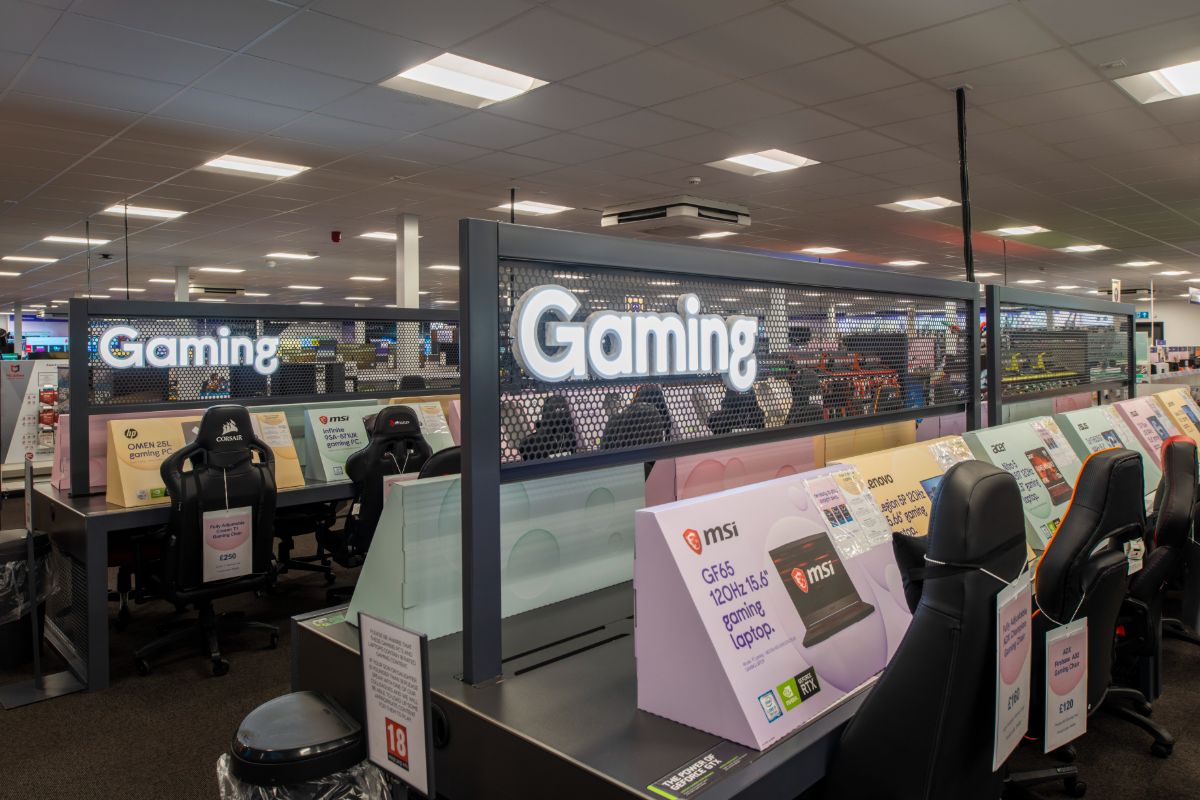As the CEO of a print-on-demand, ecommerce platform I am tasked with making our company truly international. We are already active in 19 countries, operate in 12 languages, and our customers can pay in 11 currencies. We also deliver to about 200 countries. And this year, we are in the full roll out phase of our marketing, sales and operations strategy outside Europe and the USA.
While I am the first to say that “95% of success is showing up,” the arrival of good platforms, cheap translation services and global banking means pretty much anyone can “show up”. The service can be transferred into the new market, the website translated, the new currency added and you’re ready to sell to a new region. However, internationalisation is not just an extension of your local market. It’s not that your products won’t sell; it’s that you may not have considered the cultural differences, tax implications, or the shipping and infrastructure difficulties of a new region. It’s no use sales being up if you get hit with a huge tax bill or your goods get held up in customs. All the successes generated by launching in new countries and new markets can be rapidly jeopardised with a poor delivery and supply chain.
So how does an ecommerce company in rapid international scale-up mode embrace these business realities?
Firstly, check on the local tax and business rules. This is where partnering can sometimes be a better bet than organic growth; you take on a business which already has all the right permits and understands how to do business in the region. For example, in the USA there are tax variations between the States, which need to be taken into account, along with the tax issues surrounding cross-border sales. If a customised t-shirt is sold by a YouTuber in New York and shipped to Brazil, but the transaction happens in Berlin, where is the tax paid? These are issues an international ecommerce company must be on top of. Spreadshirt is not only an online retailer, but we also provide a platform for other e-sellers, so this is especially key for us; it’s our job to make this a smooth and efficient process. No-one wants to get bogged down in tax issues when they’re creating and selling their ideas.
Secondly, get your product to the consumer. Shipping is a vital component in the supply chain and it must be fast, reliable and priced right. This year we added delivery to over 150 new countries. Within weeks, we had to delist 10 countries due to fraud and delivery problems. However, there were some nice surprises within the mix. Some countries even with small populations, such as Bermuda, Guadeloupe and French Polynesia, are doing very well. Other countries had good sales, but have had to be paused until delivery issues are sorted out. Spend time getting this right.
Thirdly, plan to get on the ground. Many of our key sellers build a fan base on global social platforms such as YouTube and Facebook – making demand for their products truly international. We see huge traffic coming from countries like India and Brazil, meaning that eventually shipping will not be enough to satisfy consumer expectations. We’ve therefore just acquired a partner in Brazil and are looking at India, Turkey and other countries, to reduce the shipping time. A demand driven approach from traffic or shipped orders always governs our next steps.
Whether a customer is from one of your core regions or from a new market, you have to manage their delivery expectations and value. We intentionally locate production facilities in strategic locations to keep customers satisfied and meet their expectations and demands. For example, in the USA, our Las Vegas facility reduces a day in delivery time to the west coast compared to shipping from our east coast site. It is also ideally located for rapid and cost-effective distribution to Asia and Australia. Orders get to customers in Australia only two days after California for only $1 or $2 more.
The world is a great place to do business and in our experience more valuable orders were gained than lost due to problems. Glitches can be easily sorted out by switching off certain payment types, changing a shipping provider or turning off a whole country.
This approach is working so far: the addition of 150 new shipping countries puts us on par with retailers such as H&M and Zara and far ahead of most other custom apparel and accessory retailers. The process of going truly global has been a positive move and the outlook for the rest of the year is extremely optimistic. Each week, several hundreds of additional orders are coming from our newly listed shipping countries.
At Spreadshirt, we are no longer looking at a comparison with global retailers, as they are restricted by supply chains and stock holding. We need to take our inspiration from download platforms like iTunes, who can offer music and video for sale around the world. Their life is easier because we still can’t download a t-shirt but we can now increasingly print it locally!
Philip Rooke (@PhilipRooke) is CEO of Spreadshirt.








